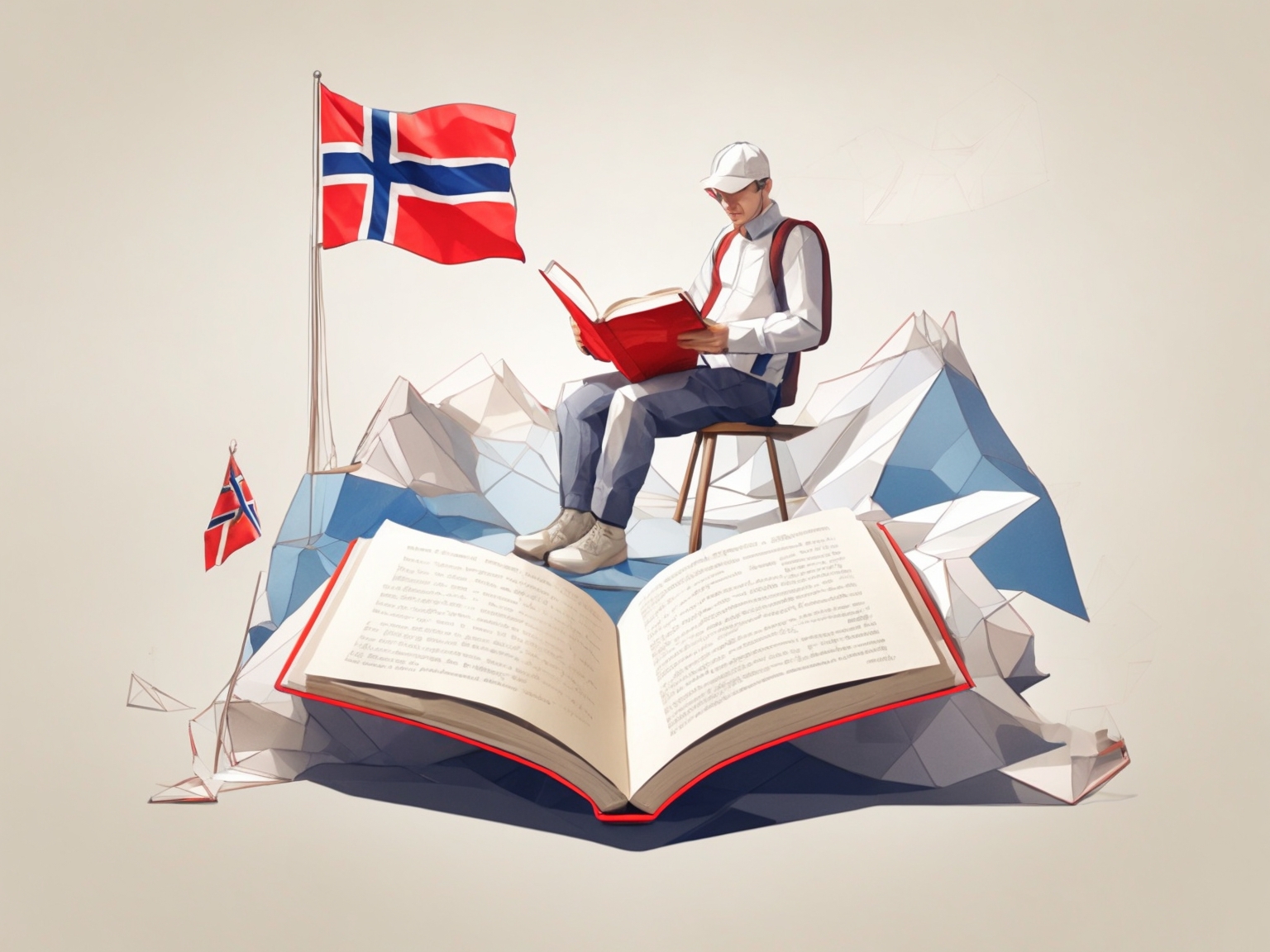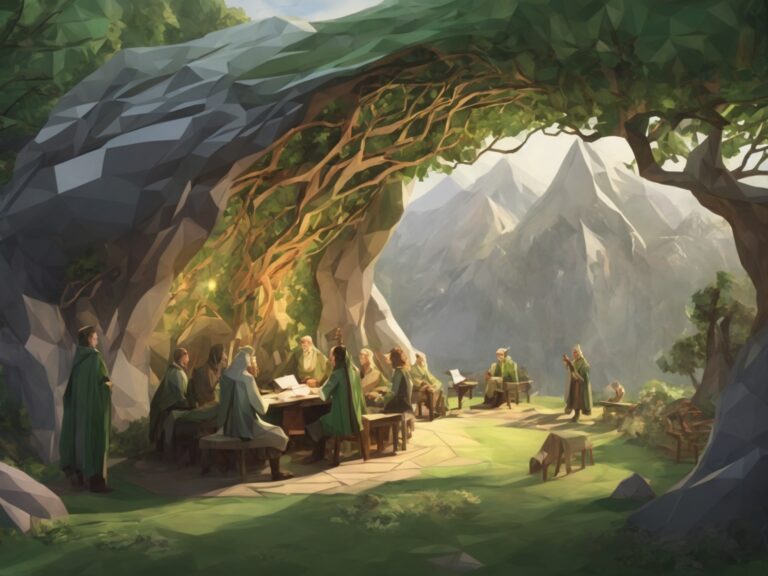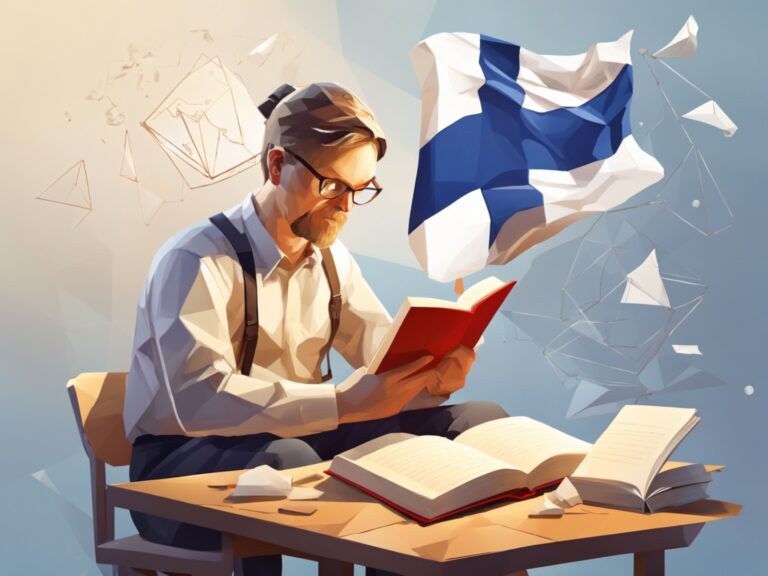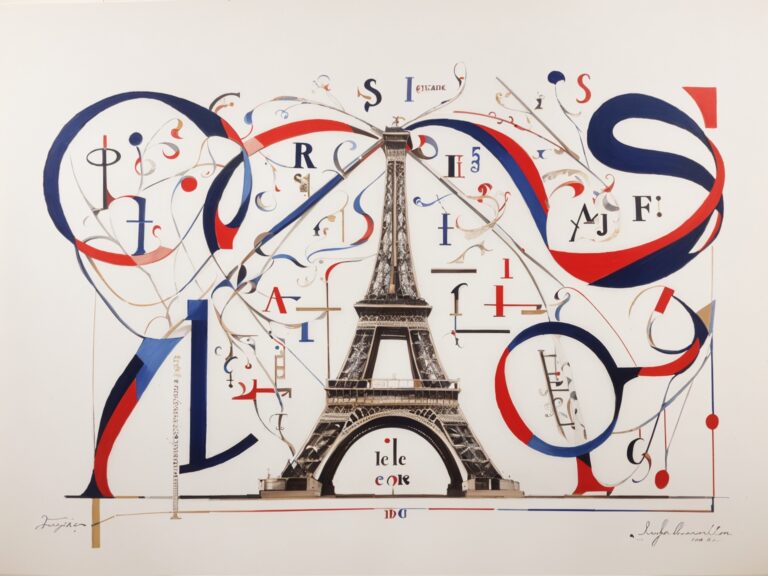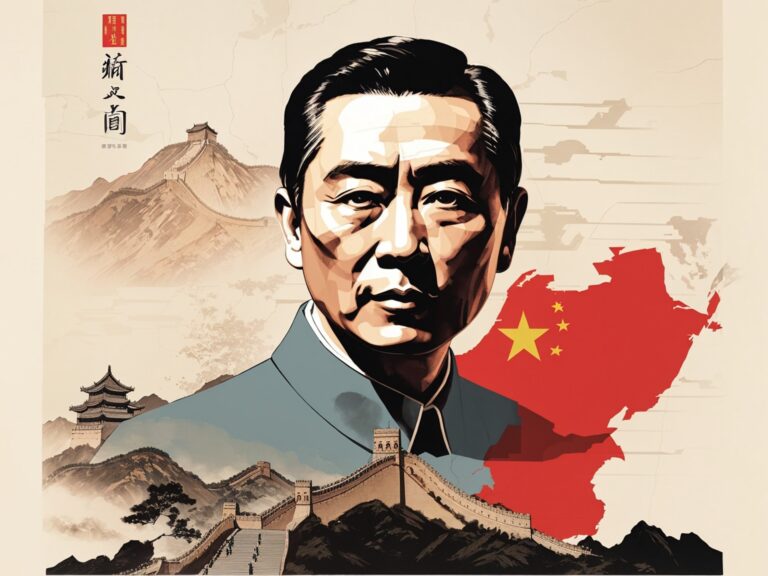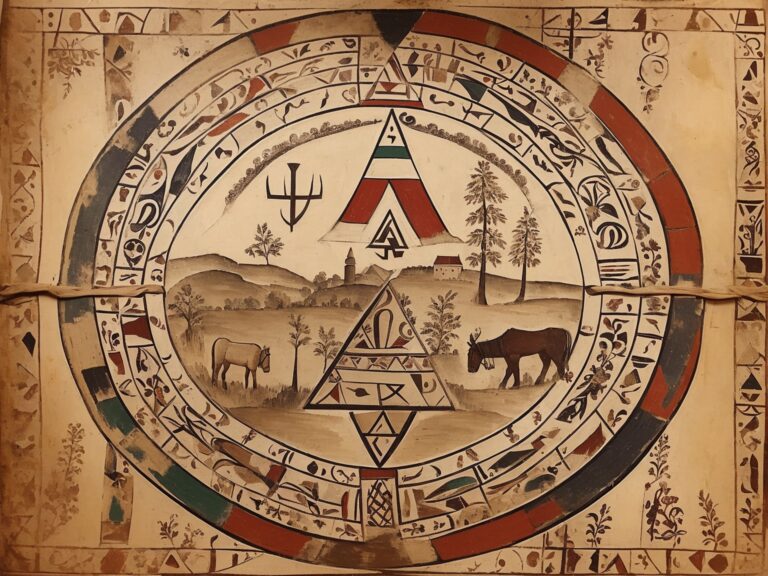Learning a new language can seem like an intimidating task. As you venture out into the journey of language learning, you’ll find various tools and methods to aid you. While apps, online courses, and language tutors play an essential role, there’s a certain charm and effectiveness in learning a language the old-school way – through books. If you’re attempting to learn Norwegian, reading native literature can be a tremendously immersive and rewarding method.
For a beginner to intermediate learners, this article will guide you through a curated list of Norwegian literature, including children’s books, novels, and short stories. Our journey through Norwegian literature will start with simpler works, gradually increasing the language’s complexity and richness.
For Absolute Beginners
1. Karius og Baktus by Thorbjørn Egner
An ideal starting point for Norwegian language beginners is children’s literature. A classic in this realm is Karius og Baktus by Thorbjørn Egner. This short story, loved by generations of Norwegian children, follows the tale of two tiny “tooth trolls” who live in a boy’s mouth and love to feast on the sugary foods he eats.
The book is written in simple, easy-to-follow language, making it an excellent introduction to basic Norwegian words and sentence structures. At the same time, it also introduces readers to aspects of Norwegian culture and lifestyle subtly, making it a charming cultural introduction as well.
2. Lillebror og Knerten by Anne-Cath. Vestly
Lillebror og Knerten is another classic Norwegian children’s book that follows the adventures of a young boy and his wooden playmate, Knerten. Written by renowned Norwegian author Anne-Cath. Vestly, the book offers engaging storytelling with simple sentence structure and vocabulary. It gives learners a chance to learn the language in a fun and relaxed context.
These books can be read alone or in a read-aloud setting with a Norwegian-speaking friend or tutor, which can further enhance pronunciation and listening skills.
For Early Intermediate Learners
3. Folk og røvere i Kardemomme by by Thorbjørn Egner
Once you’ve gotten the hang of basic Norwegian, it’s time to transition into slightly more complex literature. Folk og røvere i Kardemomme by (People and Robbers in Cardamom Town) is another popular children’s book by Thorbjørn Egner.
The book is about a small town called Kardemomme, where the rules are simple: “You mustn’t bother your neighbor or hurt him, and you mustn’t ask questions that don’t concern you.” However, the town’s tranquility is shattered when three robbers arrive. The story’s playful rhythm and rhyming will help strengthen your grasp of Norwegian while keeping you entertained.
4. Mummitrollet series by Tove Jansson
Though not originally Norwegian, the Mummitrollet (Moomin) series by Finnish author Tove Jansson is incredibly popular in Norway and has been beautifully translated into the Norwegian language. The Moomin books follow a family of friendly, round trolls who embark on various adventures. The series is aimed at slightly older children, so the language is a bit more complex than the previous recommendations, perfect for early intermediate learners.
For Intermediate Learners
5. Naiv. Super. by Erlend Loe
As you progress into intermediate Norwegian, Erlend Loe’s Naiv. Super. is a brilliant choice. The book is a simplistic but profound exploration of life from the perspective of a 25-year-old man who starts to question the purpose and meaning of his existence.
Despite tackling a deep topic, the language remains relatively simple and the sentence structure is quite direct, making it a suitable choice for intermediate learners. This book will introduce you to a broader range of vocabulary and more complex grammar rules while offering insights into the contemporary Norwegian psyche.
6. Sofies Verden (Sophie’s World) by Jostein Gaarder
Sofies Verden, or Sophie’s World, is a global phenomenon and one of Norway’s most famous literary exports. While the language is somewhat more complex, this philosophical novel presents the history of philosophy in a digestible, story-based format. Following Sophie Amundsen’s mysterious philosophical journey, you’ll not only learn more complex Norwegian language structures but also get a crash course in philosophy.
Conclusion
Reading literature in a foreign language can be a daunting task, but with these carefully selected books, you’ll find yourself gradually mastering Norwegian while enjoying some delightful stories. Remember, the goal is not just to understand every word and grammar rule but to immerse yourself in the language, culture, and mindset of Norwegians.
Language learning is a marathon, not a sprint, and it’s important to enjoy the journey as much as the destination. So, settle down with a cup of coffee or tea, grab one of these books, and let yourself be transported into the magical world of Norwegian literature. Happy reading and learning!
